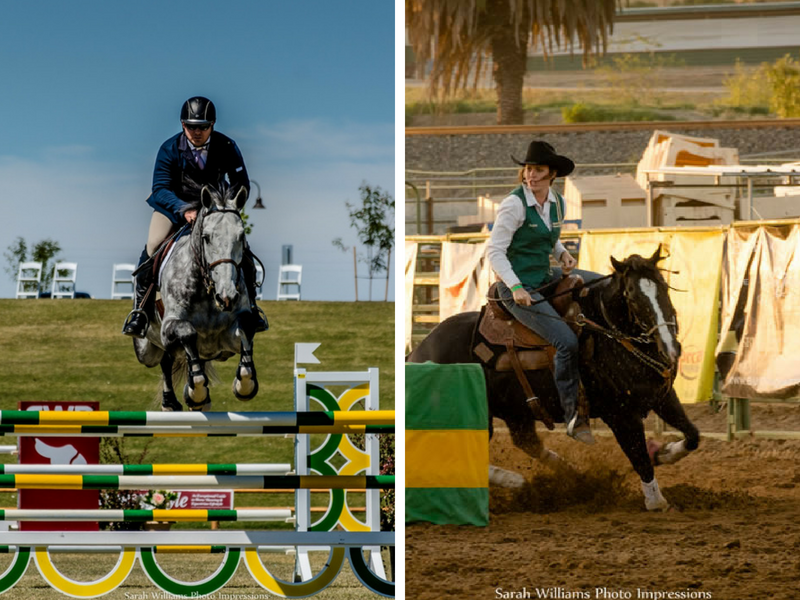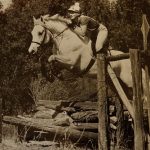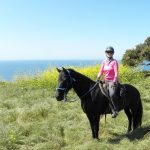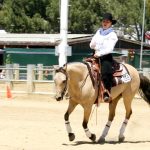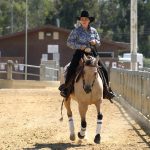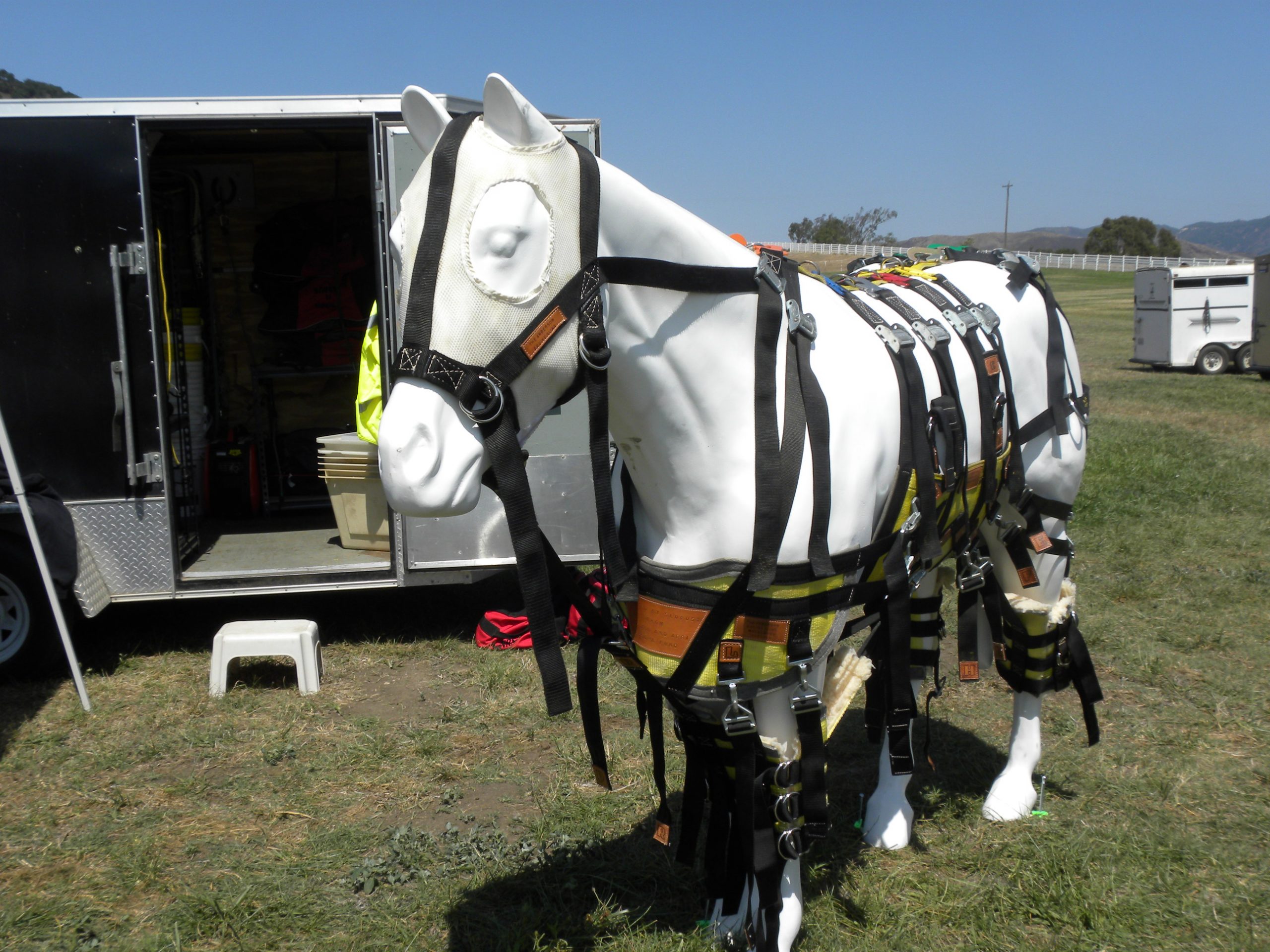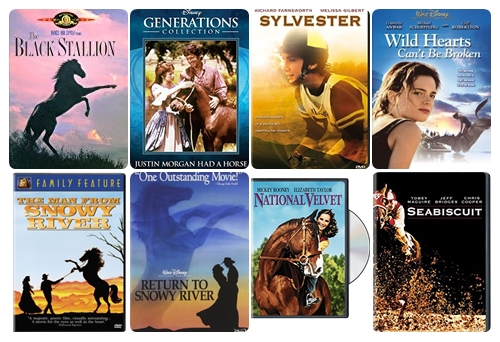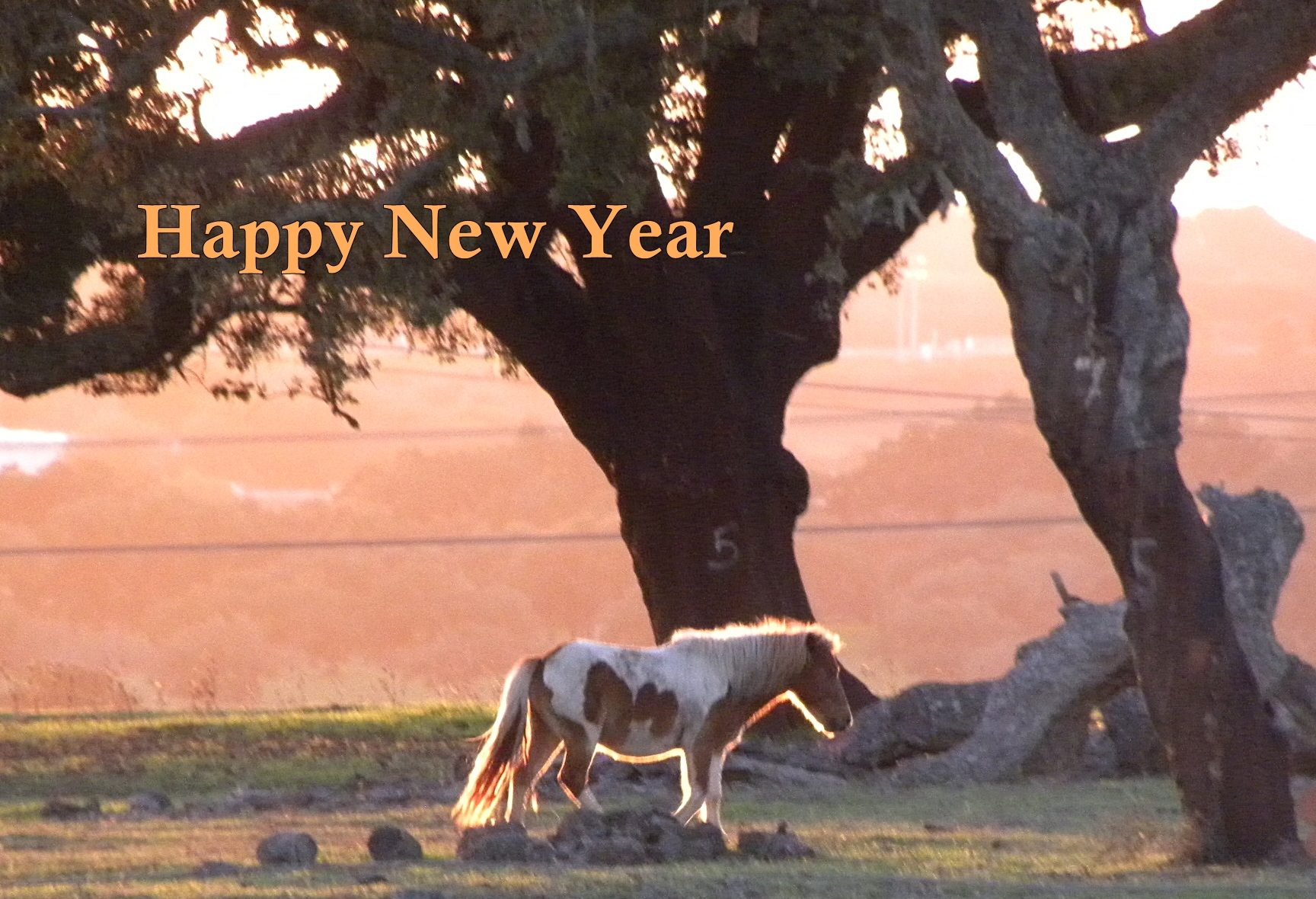English vs Western riding styles: The San Luis Obispo horse community is nestled right in the center of Cow County, and yet, it boasts activities, barns, clubs, shows and communities of both Western and English riders. We have the Midstate Fairgrounds, where many local rodeo stars get their start, and we also have two top-notch jumping venues and several International English riding stars with SLO County addresses.
Additionally, numerous trails beckon riders of both styles, Western and English, out to enjoy the amazing scenery of the place we all call home. We are fortunate to have so much riding diversity right here in our own backyard. Yet, with diversity comes the question: “Which riding style is best, English or Western?”
Come ride along with me! Get your riding the SLO County Trails Hotsheet to get started and join the SLO Horse News Herd!
Which riding style is best, English or Western?
What are the Differences?
There are many differences between the two riding styles and these differences seem to boil down to function, freedom and flair. Let’s take a look at the basic differences between English vs Western riding styles:
Function
Tack: English vs Western
English Saddle
- Close contact, balance seat designed for feeling what is happening underneath you
- Jumping saddles are designed for riding forward with weight out of saddle over fences
- Dressage riders ride in an upright position so need a deeper seat
- Accessories: Girth, stirrup irons, leathers, bridle
Western Saddle
- Larger seat, higher cantle and horn designed as tools and for hours in the saddle doing cow work, reining, or pleasure riding.
- Large blanket to distribute weight across the horse’s back, usually with some “flair” or a “Navajo” over the top for some added color
- Rider rides in an upright position, neither ahead of or behind the motion of the horse – deep seated, heels down with little contact on the horse’s mouth
- Accessories: Cinch, fenders and stirrups, rigging, headstall, bits (curb and snaffle – sometimes bosal)
Terminology: English vs Western
English and Western riders have different terminology for various things that are basically the same:
- Girth vs Cinch – The strap that secures the saddle
- Irons vs Stirrups – Where you put you feet while riding
- Canter vs Lope – The three-beat used to go faster
- Trot vs Jog – The two-beat gait used as a medium speed
- Direct rein vs Neck rein – The manner of steering a horse
- Aids vs Cues – How the rider communicates with the horse
- Saddle Pad vs Blanket – The padding under a saddle on the back of a horse
- Chestnut vs Sorrel – The red-brown color of horse’s coat, mane and tail
- Dun vs Buckskin – The tan color of a horse’s coat with a black mane, tail and leg hair
Freedom
Activities: English vs Western
English: Most Olympic and International Equestrian Events (Show Jumping, Three-Day Eventing and Dressage) feature English style riding which came to America through European military influences.
Western: All Rodeo events feature Western style riding which began on the American ranch where Cowboys managed cattle operations on horseback and used their horses for transportation and work. Reining and Working Cowhorse are making their way to the Olympics – in 2016, Reining was a demonstration event at the Olympics.
English Style Riding Disciplines are Known Worldwide
“Pony Club, Hunter/Jumpers, Eventing and Dressage have all defined my riding style for most of my life. Yet, I’ve had time in a Western Saddle too. However, I prefer the English style of riding,” says Sharon Jantzen, SLO Horse News Director.
“I like the close contact and balance position of English style and the variety of events it offers. Most English style riding disciplines are known worldwide.
I have been able to cross-train over to a gaited Rocky Mountain trail horse who I ride in a Western“ish” saddle. Most of my riding time is spent working her in the arena and she now knows her aids (cues) for the walk, gait and correct lead canter. Occasionally I get to ride her out on the beautiful SLO County trails,” Sharon concludes.
“My most comfortable riding get-up is breeches, paddock boots, half chaps, a cooling long-sleeve shirt and a cool helmet,” Sharon added.
Tonya Blakley, a local English Rider and Three-Day competitor says, “I started riding western, but Dressage caught my attention early on. I like the intricate details of the sport, and the way that it allowed me to really get in touch with my horse’s movements and balance. I have tried some Western Dressage, and while it is very much the same and takes a lot of skill, I prefer the classic feel, look and style of being an English rider. I always feel more well ‘turned out’ when I’m riding English.”
Specific Activities of English vs Western Riding Styles
English:
- Dressage
- Polo
- Fox Hunting
- Hunter/Jumper
- Eventing
- Endurance
- Competitive Trail
- Gymkhana
- Pony Club
- Pentathlon
- Tetrathlon
Western:
- Western Pleasure
- Barrel Racing
- Pole Bending
- Roping
- Cutting
- Reining
- Western Dressage
- Competitive Trail
- Endurance
- Western Pleasure
Western is More Laid Back, But Still Takes A Lot of Skill
“Western is more of a laid-back equestrian lifestyle in general,” says Sarah Williams, SLO Horse News Writer and Editor. “I’ve ridden and shown in various degrees of both disciplines, and I’ve found my peers in Western vs. my peers in English to be, overall, less uptight, more willing to have camaraderie, etc. We tend to band together really well, talk, laugh, etc. No one is worried about how expensive the clothes, tack, horses, etc, are, even though sometimes it takes as much or more money to ride Western vs. English. At horse shows, it’s typically the Western riders you see huddled around the in-gate chatting while their horses “camp” before their “go”, while the English riders tend to stick to themselves.”
Sarah continues, “Western gets a bad rap in terms of taking less skill, being easier, etc., and I love showing people how Reining and Working Cow can be just as, if not more, difficult than English. Western riding creates a very well-rounded horse. Terms like “cowboy” are often used negatively, and some people have the wrong idea that Western riders are harsher, heavier handed, use more severe tack, etc., and that’s just not always the case. I have seen just as severe tack and methods used in jumping and dressage as I have seen in Western disciplines,” Sarah added.
“For me personally, Western is just more fun and exciting both to ride and watch. It’s more expressive with tack, clothes, etc. It has more flair and it goes at a faster pace most of the time. There are so many options on Western “style” – reining, cow work, rail classes, trail, horsemanship, rodeo, ranch work, pleasure – the list goes on – and everyone tends to look ‘different’ when it comes to clothing, colors, tack embellishments, etc. I find Western to be more comfortable and I smile more when I’m riding or showing this style vs. English,” Sarah continued.
“My most comfortable ‘day to day’ riding attire is a pair of comfortable jeans, a well-worn pair of riding boots, a short-sleeved shirt and a baseball cap. In the ‘show pen’, I wear dress jeans, my same ‘working boots’ (for a consistent feel from training to show), a show shirt, one of various colored chaps, and a belt with a buckle I won at a futurity show,” Sarah concluded.
Chanel Jensen, SLO Horse News Intern and Staff Writer says, “I prefer western because for many reasons it is more functional, it is a staple of the American West, and I think that often, western horses are much more well-rounded. They can do cattle, reining, trail riding, pleasure riding, gymkhana. I also admire the western style!”
Flair
Attire: English vs Western
English show attire: Helmet, hunt coat or dressage coat/tails, show shirt, breeches, and tall boots.
Western show attire: Cowboy hat, western show shirt/jacket/vest, scarf or tie, show pants/dress jeans, cowboy boots, chaps, belt with buckle, lots of silver
Horse Types: English vs Western
English horse types: Tall, leggy, big movers – Thoroughbred and European Warmbloods primarily.
Western horse types: Shorter, stockier, ranch-built horses – Quarter Horses, Paint Horses and Arabians dominate.
The Bottom Line: Which Riding Style is Best?
As you can see the question has many aspects to consider. So what do you think? English vs Western: Which riding style is best? Leave us a comment!
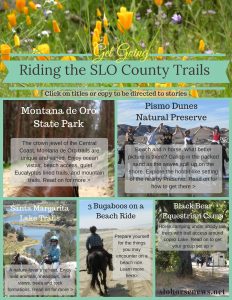
Get going! Looking for trails to ride in SLO County? This hotsheet will get you going on a few of the top rides. Get this delivered to your e-mail and join the SLO Horse News herd to stay up-to-date on herd happenings. Click here > SLO County Trails Hot Sheet to get going!

